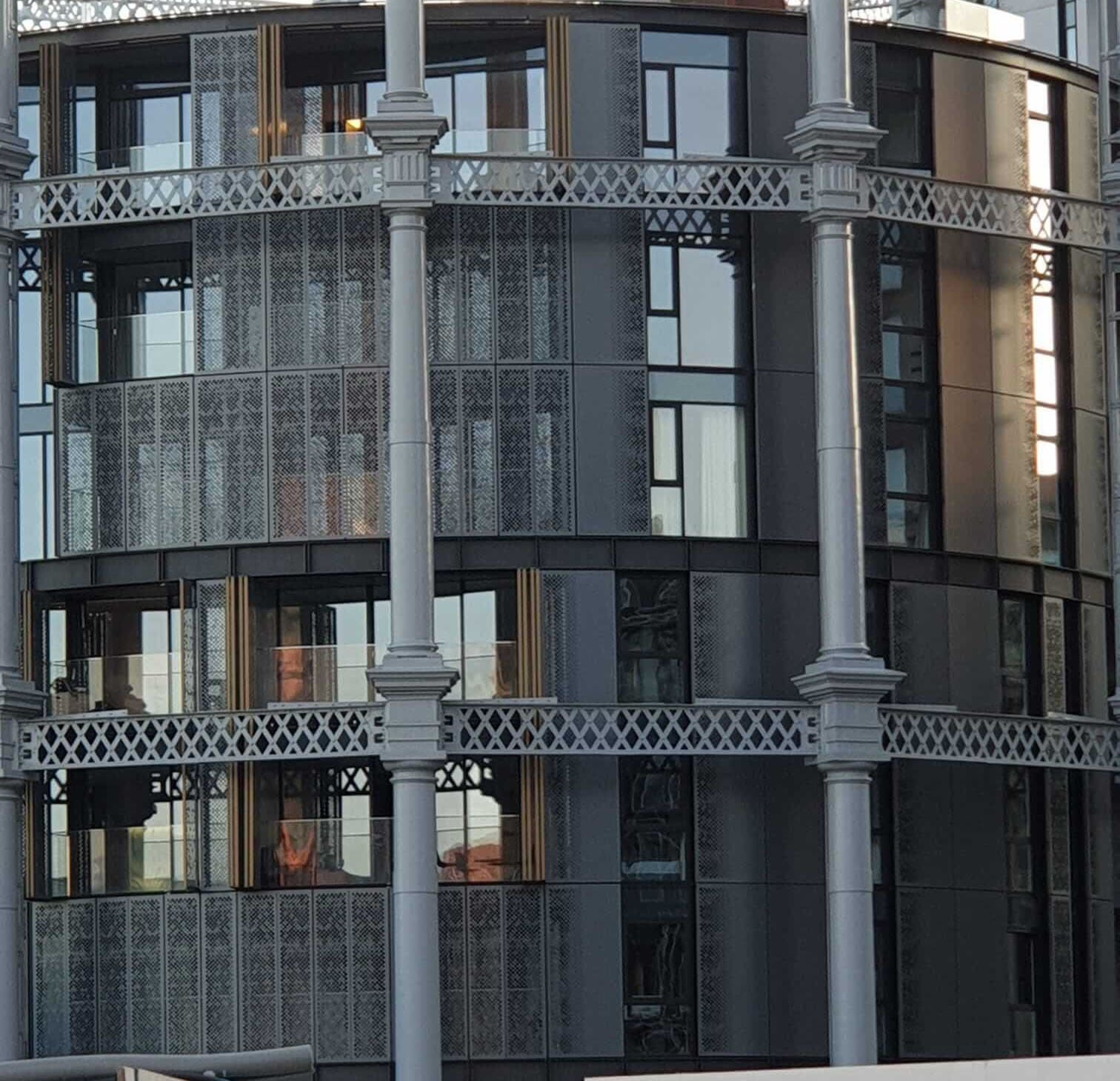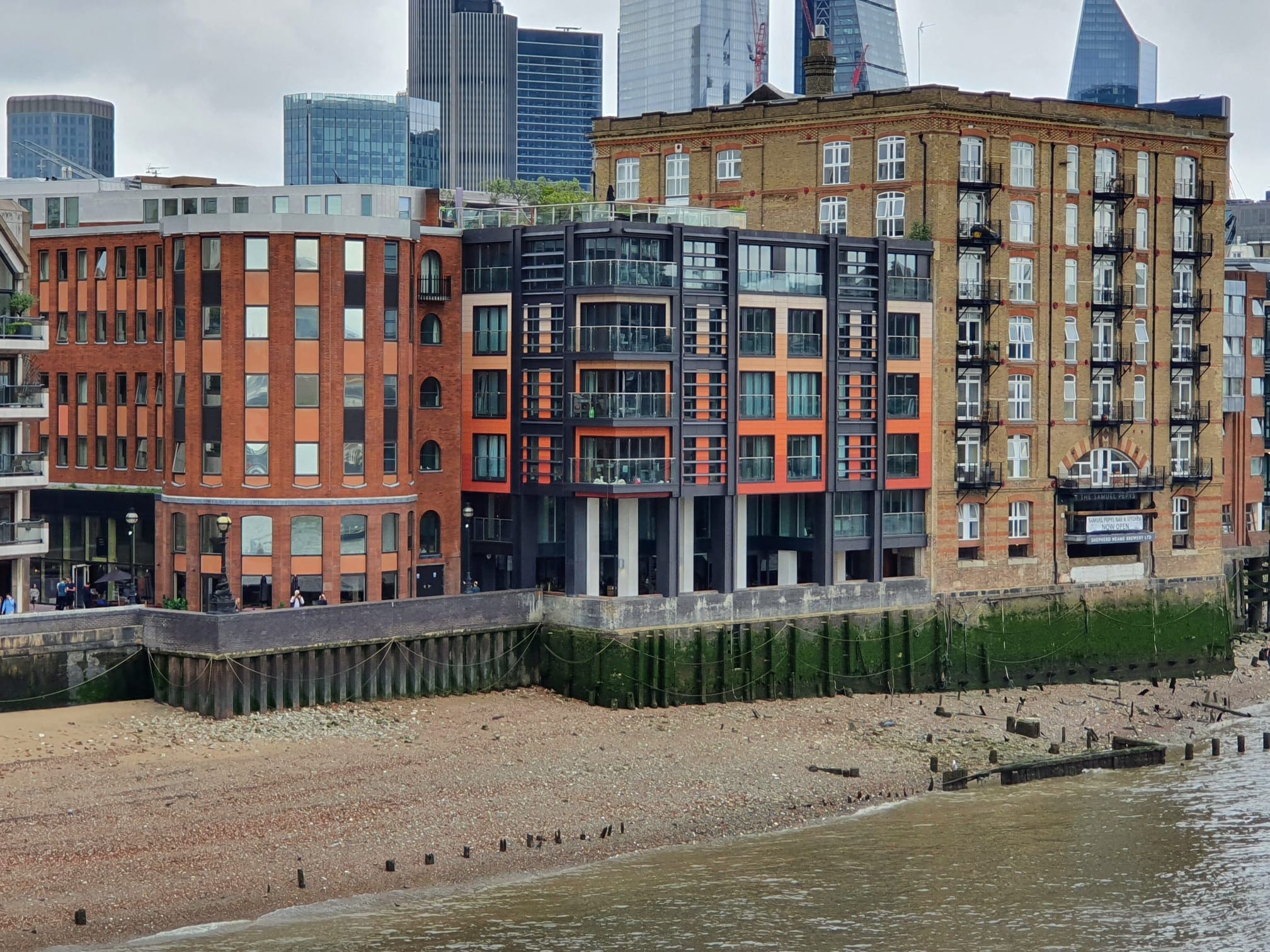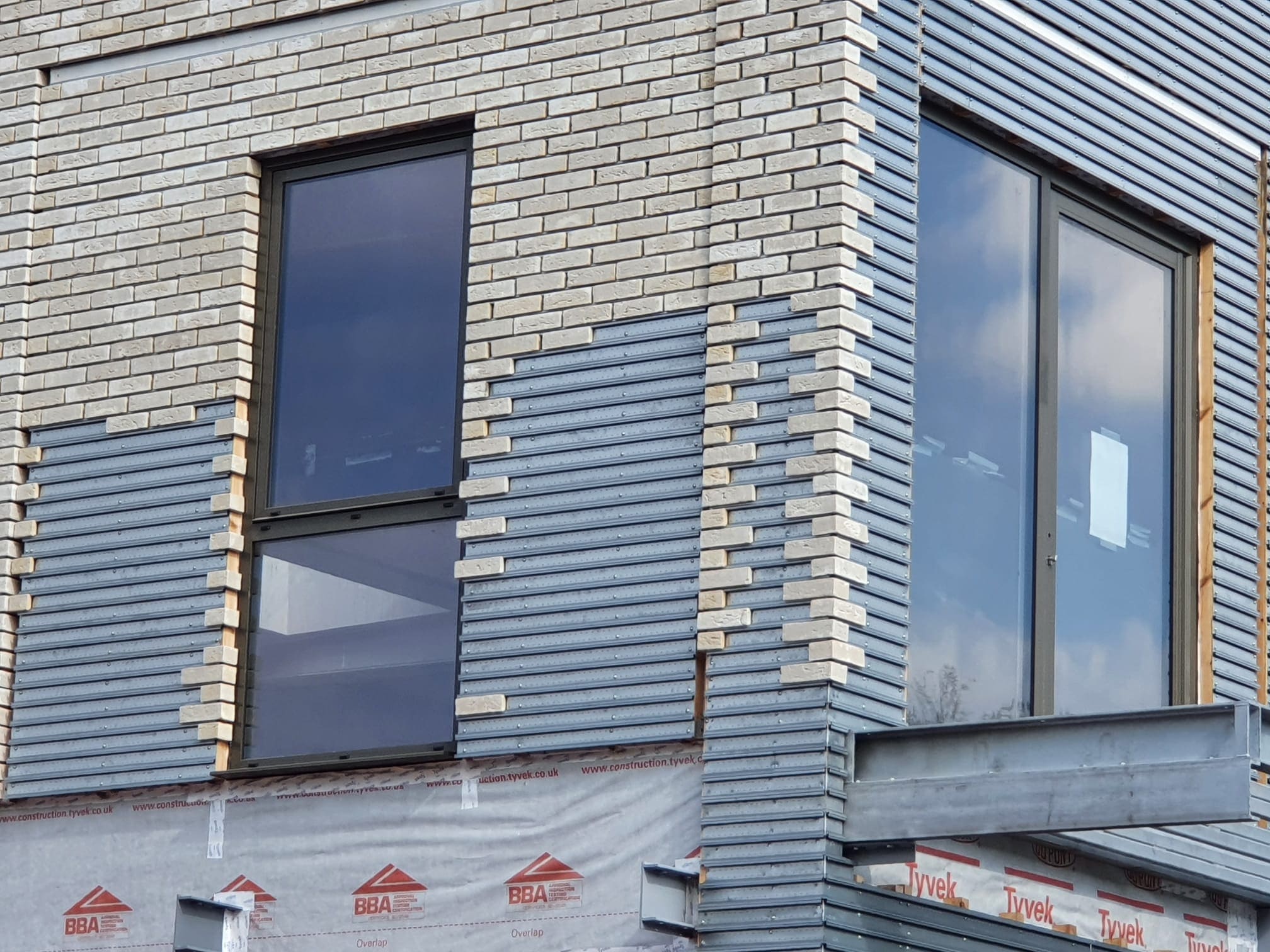23/11/2018
by: Mary-Anne Bowring, Managing Director of the Ringley Group, investigates.

£697m fund to revive high streets
£697m fund
£697m fund to revive high streets Mary-Anne Bowring, Managing Director of the Ringley Group, investigates. 2 Nov 18 7 years after the Mary Portas Town Centre review the government announces a £697m fund to revive high streets! With life leaving the retail centers of many towns, developers are eyeing commercial property for residential conversion. With multi-tenanted buildings being the result are we acting appropriately or are we constructing ticking time bombs? In many cases, creating residential space for commercial use can create problems, so what issues do developers have to be aware of and what are the pitfalls? Life has been leaving our town centers for as long as I can remember.
Nostalgically one can look back and see Britain as a proud nation of shopkeepers, so what happened? Was it the car, the supermarkets, or the planning policy that has killed off our high streets; and, what role can developers play in its revival? Perhaps it started with Henry Ford who in 1900 said “Ford will provide cars for the great multitude” and census results suggesting car ownership at 77% of the population perhaps Henry succeeded. Car Free Section 106 restrictions were listed in the Road Traffic Regulation Act 1984, and many a permission since can seem illogical with developments sitting side by side with quotas from 0.6 spaces per unit to 1.8 spaces per unit. It is then left for the private sector to police the ‘excess parking’ that migrates from one site to the neighbors adjoining.
‘Town Centre Review’
The Mary Portas ‘Town Centre Review’ which was commissioned by Government in December 2011 perhaps has had little ownership until now – some 7 years later the government finally announces a £697m fund to revive high streets. But what will emerge to be the town center of the future has yet to be seen. It is clear that our largely Victorian or pre-war high streets do not meet modern-day requirements; parking provision is poor and expensive, units are often small and suffer a lack of ceiling height or opportunities for mezzanine floors, basement stock areas and are built on a grid system with more structural partitions than optimum. Business rates are high and unlike shopping centers a ‘start-up’ rarely gets the opportunity of a turnover rent.
Will the cut of 1/3 off business rates for small businesses over the next two years be enough? The positives are that unlike the emerging economies, (where it is commonplace every 15 years or so for something new and better to be built in another part of town leaving decaying buildings and dereliction behind), generally we in Britain fare better than most for finding alternative uses. Our banks first became wine bars, now gastro pubs and we’ve seen the mass arrival of low-cost retailers; the pound shops and charity shops. This is not revival, this is survival. In most towns and cities transport still converges on the town center, so we need an absolute presumption in favour of jobs being located in town centres.
With £1 of every £7* now being spent on-line, (was £1 in £10 back in 2012) the internet makes it certain that fewer of these jobs will, in the future, be in retail. So never mind the Mary Portas recommendation of ‘zero rates’ in town centers but the whole town center rating system needs restructuring. Do return frontages add extra rateable value?; can we look at changes in zoning based on a national multiple (who are probably making a loss at the location with their store lying un-refurbished for years)? And if our national green strategy is to use the car less we need to live where our jobs are, so an absolute presumption of living and live work in our town centres. The dichotomy right now is that our town centers are rather depressing places to live! Institutional Build to Rent with flexible workspaces and amenities are coming but not fast enough. This government needs to set a vision for the future of town centers; we need streetscapes, turnover rates, and a deadline for every Council to put in place a town center master plan.
Lifetyle Change
We are a ‘lifestyle’ society so the focus needs to be on what would make a town center a place to choose to go for a walk. Why can’t our town centers be dotted with children’s play hubs? Why can’t we encourage the private sector to put in free internet hub stations alfresco in our high streets where once we had telephone boxes, which we don’t need anymore? Why can’t 2018-19 be the year that all national lottery-funded art simply has to go to our high streets? Let’s encourage lifestyle providers to our high streets, such as hair dressers, nail salons, and fitness centers, making the high street the place to go and get ready for the night out. Say “No” to the supermarket rule, and “No” to soft option planning permissions for hotels and supermarkets on our green fields. We have a great compulsory purchase system so let each planning authority have a compulsory purchase officer involved in every larger planning approval. As consumers we’re all sick of hearing of the endless profit growth by our top supermarkets at our expense, which is softened not one bit by their poor social agendas, (which is a token gesture, if you spend enough), coupled with the destruction of our town centers. One of the age-old problems we face in the UK is highlighted by inner city regeneration, for example, Docklands first, DLR later. A classic case of ‘horse before the cart’.
Whilst central and local Government has much work to do there are real opportunities for developer-led town centre initiatives. Firstly one can achieve much higher densities in town centers, secondly, localism is unlikely to present any threats, thirdly car-free is less offensive. Usually, there will be a presumption to a ‘commercial ground floor’ but if one can bring 100+ members to get the gym started and offer the user a turnover or rent-free opportunity is this not community planning gain in-situ? Developers did go through a spate of ‘private gym’ provisions in developments only to find that some Councils went around shutting these down as the management companies entrusted to their future running could not provide substantive documentation to confirm that all attendees had been inducted or that a ‘responsible person’ was on duty. Nationally we are trying to move away from doctors and dentists in converted houses and towards ‘mega health centers’ Again this is a great opportunity for our developers to join up with the medical profession and find new partnerships.
So it’s now time for the health profession, like the fire brigade and highways departments, to be a statutory consultee in our planning process. With the transport hubs town centered it is a win, win for both. And, it is easy to find an alternative use for the house that became the doctor's surgery, after all – it was a ‘house’ in the 1st place. Why can’t all building refurbishment in town center zones be VAT free? That way there might be a presumption to refurbish our deserted department stores but inevitably several lower rise buildings will need to go, firstly to increase the density and secondly to bring about some car-friendly space. Our town centers lack people and we must bring them back. Retail buildings do bring challenges for development, we have space to light and air-exchange requirements to meet; but does this not bring great opportunities to create ‘on-trend’ loft-style units? Whilst we have ‘overlooking’ rules, with the appropriate screening could this be an opportunity to open up atriums and create internal gardens?
What could happen?
Perhaps if our libraries are to become less space-hungry e-book centers then we can propose libraries for redevelopment and think of e-book centers as a leisure use for the new generation of mixed-use town center developments. This dis-investment from larger library buildings could fund some of the compulsory purchases necessary to stitch together more development attractive sites. Town center development can be frustrated by occupiers in situ. Again a great opportunity for the central government to unlock the rigidity that hinders the ability of our town centers to adapt. Government has the power, through the rating system, to grant business rate relief for leases agreed outside the 1954 Act, i.e., with no guarantee of continuance and therefore less compulsory purchase value, thereby promoting an environment for town center redevelopment. That is not to say that development cannot take place with occupiers in situ. We all saw the banks raise capital by auctioning off their freeholds and becoming tenants, with opportunities remaining on our beleaguered high streets for more of the same.
Department stores could very easily downsize, lose some floors to residential and have new penthouse floors on the roof. Management company structures need not disturb the developer’s right to retail rental income, as the developer can grant his investment vehicle a head lease thereby making the retail unit a member of the management company, but removing the investment income. What’s to say that we can’t see a structural change by our ground rent investors too with them owning not just leasehold reversions but a stake in our high streets also? Compulsory purchase calculations include the value of the building + ‘disturbance’, the latter refers to loss of goodwill, perhaps a period of double costs/overheads whilst setting up trade in the alternative location.
Let’s expect our government to declare the land ownership structure in town center zones. For £4 per title, this is public knowledge anyway, but expensive and time-consuming to put together. Let us not expect our developers to put this together, let's target local planning authorities to identify and publish this annually and create a forum for contacting landowners thereby enabling opportunities. It is so sad when you drive into a town center only to see shops crudely bricked up to be offensively reclaimed as housing. It is time for a robust strategy, and a design framework to re-claim these areas as housing is as uniformly pleasing as a normal Victorian street housing. Perhaps by trimming the outskirts, we could displace some of these users back into our high streets.
Arguably the world is now brand driven and if ‘Dreams’ and ‘Sports Direct’ can boast acceptable percentages of their stores are ‘in town’ we need to tell Britain’s bigger businesses that the best community initiative you can have is to send the message that ‘cool brands are in town’. With consumers flocking ‘out of town’ in recent years the amount of out-of-town retail floor space has risen by 30% whilst that in-town has fallen by 14% and it is the current planning rules that have allowed these new out-of-town retail developments to thrive. If together we can orchestrate the moving of the consumer into an experience-led high street then we stand a chance. Mary-Anne Bowring, Managing Director of the Ringley Group
http://newsontheblock.com/news-opinion/697m-fund-to-revive-high-streets
 1786
1786












Keep up to date
(Weekly, fortnightly or monthly)
To find out more what we do with your data, please read our Privacy Policy

 0
0













